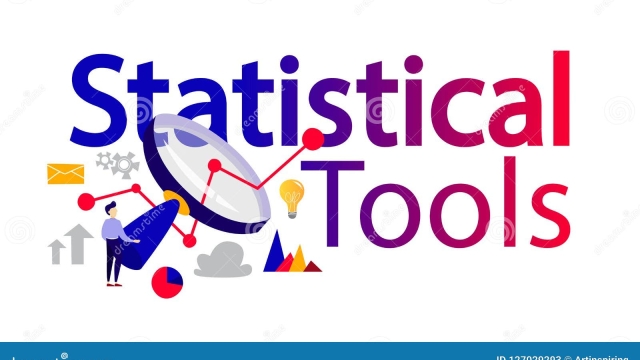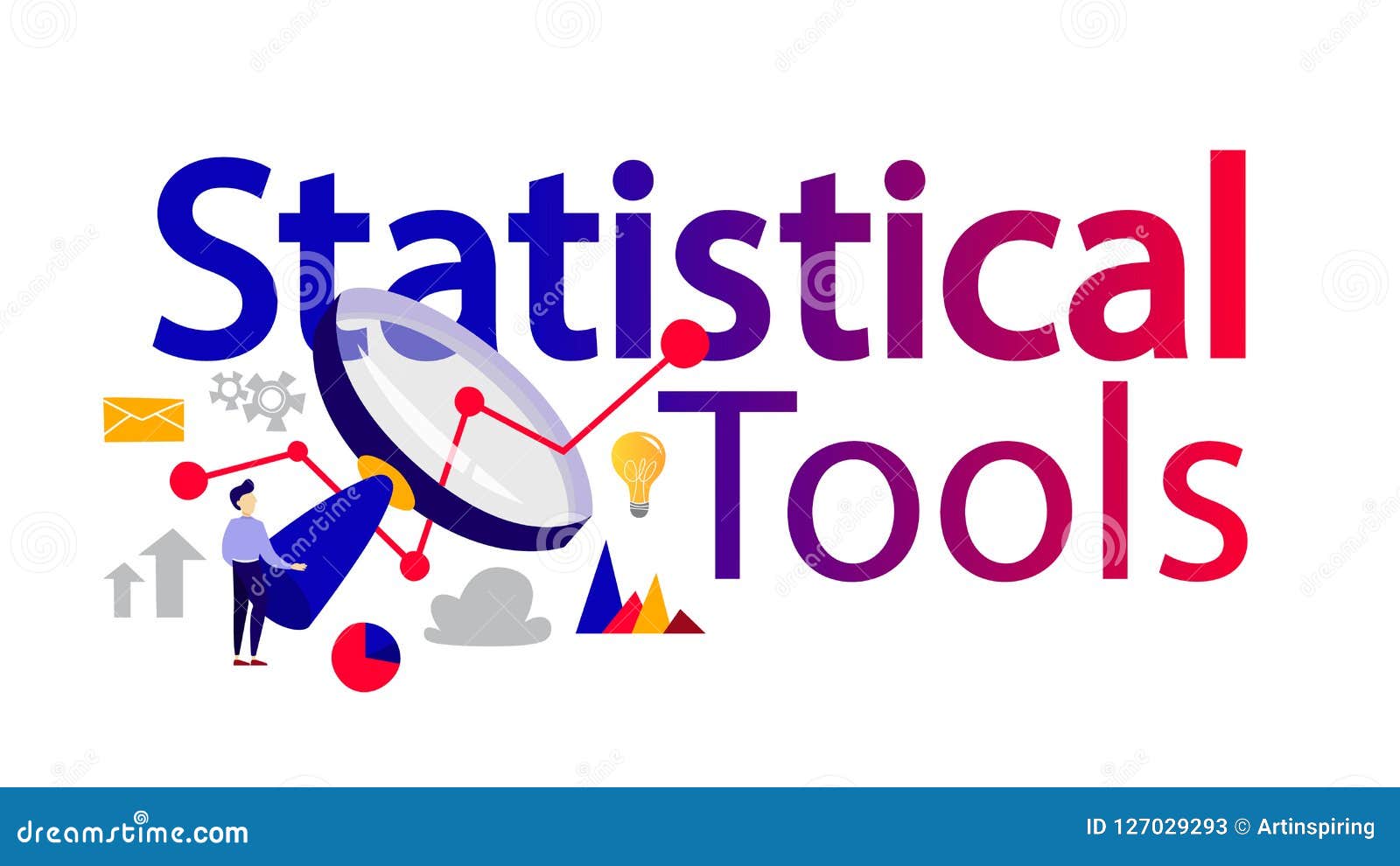Decoding the Data: Unveiling the Secrets of Research and Analysis
Joe Howard -

Research and data analysis are fundamental components of the decision-making process across various fields. Whether it’s in the realms of business, academia, or scientific inquiry, the careful examination of data allows us to gain valuable insights and make informed conclusions. In a world overflowing with information, research and data analysis help us navigate through the abundance of data, uncover patterns, and unlock the secrets that lie within. They provide us with the tools to ask the right questions, dig deeper into complex issues, and ultimately drive progress and innovation. While research and data analysis may seem intimidating to some, this article aims to demystify these processes, highlighting their importance and offering practical insights into how they can be effectively carried out. So, join us as we embark on a journey to decode the data and unveil the secrets of research and analysis.
The Importance of Research
Research is an indispensable pillar of any study or investigation, providing the foundation upon which knowledge is built. It allows us to delve deeper into various subjects and unravel their intricacies, piecing together the puzzle that is the world around us. Research serves as a guiding light, illuminating the path towards a better understanding of phenomena and driving progress in countless fields.
By engaging in research, we open doors to new possibilities and opportunities. It empowers us to explore uncharted territories and push the boundaries of what is known. Through careful observation, data collection, and analysis, researchers can uncover hidden patterns, establish cause-and-effect relationships, and discover potential solutions to complex problems. Without research, our knowledge and understanding would remain stagnant, hindering our potential for growth and development.
Furthermore, research plays a crucial role in decision-making processes. It provides the necessary evidence and data to inform choices and actions, enabling us to make informed judgments and drive positive change. Whether in medicine, business, education, or policy-making, research paves the way for evidence-based practices, ensuring that decisions are grounded in solid findings rather than mere speculation.
In conclusion, research is the lifeblood of progress, enabling us to unravel the mysteries of the world and pave the way for a brighter future. It fuels curiosity, drives innovation, and empowers us to make well-informed choices. By recognizing the importance of research, we can unlock the door to endless possibilities and uncover the secrets that lie hidden within data and analysis.
Methods and Techniques for Data Analysis
In the realm of research and data analysis, employing the right methods and techniques is crucial for obtaining meaningful insights. The journey from raw data to valuable findings requires careful consideration of various approaches and tools. In this section, we will explore some commonly used methods and techniques in data analysis.
-
Descriptive Analysis:
Descriptive analysis serves as the foundation for understanding and summarizing data. This method involves organizing, analyzing, and interpreting data to reveal patterns, trends, and key characteristics. It provides a snapshot of the data, presenting it in a comprehensible manner through measures such as central tendency (mean, median, mode), dispersion (range, variance, standard deviation), and visualization techniques (charts, graphs, tables). -
Inferential Analysis:
Help With Dissertation Statistics
Inferential analysis takes the research findings a step further by making inferences and drawing conclusions about the larger population based on a sample. Through the use of statistical tools and techniques, such as hypothesis testing and regression analysis, inferential analysis helps researchers make predictions, test hypotheses, and understand the significance of their findings. This method enables researchers to generalize their results and make informed decisions based on a limited sample. -
Qualitative Analysis:
Qualitative analysis is employed when researchers seek to gain a deeper understanding of complex phenomena or explore subjective aspects of the data. This method involves examining non-numerical data, such as interviews, observations, and textual content, to identify patterns, themes, and underlying meanings. Techniques used in qualitative analysis include content analysis, thematic analysis, and grounded theory, which allow researchers to gain rich and contextual insights from the data.
By utilizing these various methods and techniques, researchers can uncover hidden patterns, test hypotheses, and gain deeper insights into their research questions. It is important to select the most appropriate methods based on the nature of the data and the research objectives. The combination of these approaches allows for a comprehensive analysis that drives insightful and evidence-based conclusions.
Interpreting and Presenting Research Findings
In the final section of our exploration into the world of research and data analysis, we turn our attention to the crucial task of interpreting and presenting research findings. After conducting thorough investigations and analyzing the data at hand, researchers are faced with the challenge of making sense of the information and effectively communicating their discoveries. Let’s delve into some key considerations for this stage of the research process.
-
Contextualizing the Findings
Once the research data has been collected and analyzed, it is important to place the findings within their appropriate context. This involves understanding the larger implications of the research and how it fits into the existing body of knowledge. By considering the broader landscape, researchers can better highlight the significance and relevance of their findings, allowing others to grasp the importance of the research in relation to the subject at hand. -
Drawing Conclusions and Identifying Patterns
Interpreting research findings goes beyond merely presenting raw data. It requires a critical examination of the results to identify patterns, trends, or correlations that may emerge. This analytical process involves synthesizing the collected data and drawing meaningful conclusions based on empirical evidence. By extracting key insights, researchers can shed light on underlying relationships or phenomena, supporting or challenging existing theories and assumptions. -
Presenting Findings Clearly and Succinctly
Effectively communicating research findings is essential for their impact and understanding by others. Clarity and conciseness are key when presenting the results of complex analyses. Researchers should strive to distill their findings into clear and understandable messages, using visual aids or graphical representations where appropriate. By presenting data in a visually appealing and accessible manner, researchers can effectively engage their audience and ensure the findings are easily digestible.
As we conclude our journey into the realm of research and data analysis, we have explored the various stages involved in conducting meaningful investigations. From formulating research questions to collecting and analyzing data, and finally interpreting and presenting research findings, each step plays a vital role in advancing our understanding of the world around us. By following rigorous methodologies and utilizing sound data analysis techniques, researchers can unlock the secrets hidden within the vast realm of information.
Archives
- December 2025
- November 2025
- October 2025
- September 2025
- August 2025
- July 2025
- June 2025
- May 2025
- April 2025
- March 2025
- February 2025
- January 2025
- December 2024
- March 2024
- February 2024
- January 2024
- December 2023
- November 2023
- October 2023
- September 2023
- August 2023
- July 2023
- June 2023
- May 2023
- April 2023
- March 2023
- February 2023
- January 2023
- December 2022
- November 2022
- October 2022
- September 2022
- August 2022
- July 2022
- June 2022
- May 2022
- April 2022
- March 2022
- February 2022
- January 2022
Calendar
| M | T | W | T | F | S | S |
|---|---|---|---|---|---|---|
| 1 | 2 | 3 | 4 | 5 | 6 | 7 |
| 8 | 9 | 10 | 11 | 12 | 13 | 14 |
| 15 | 16 | 17 | 18 | 19 | 20 | 21 |
| 22 | 23 | 24 | 25 | 26 | 27 | 28 |
| 29 | 30 | 31 | ||||